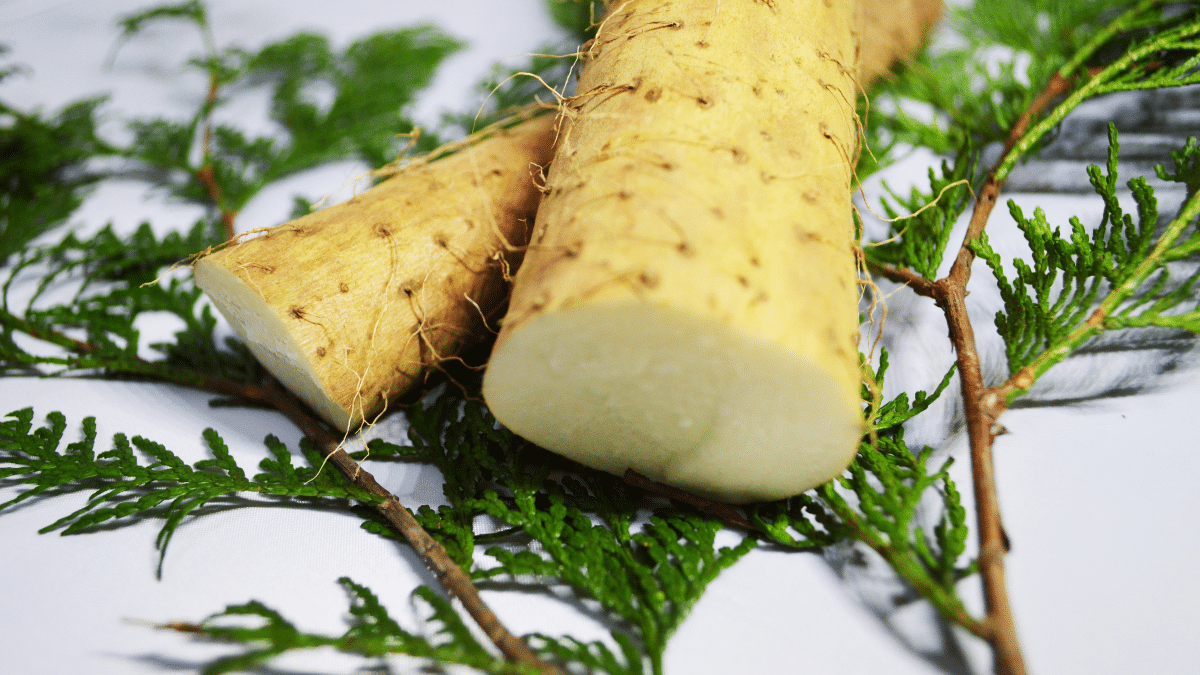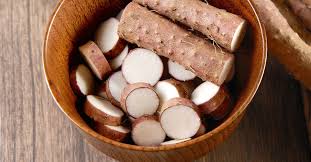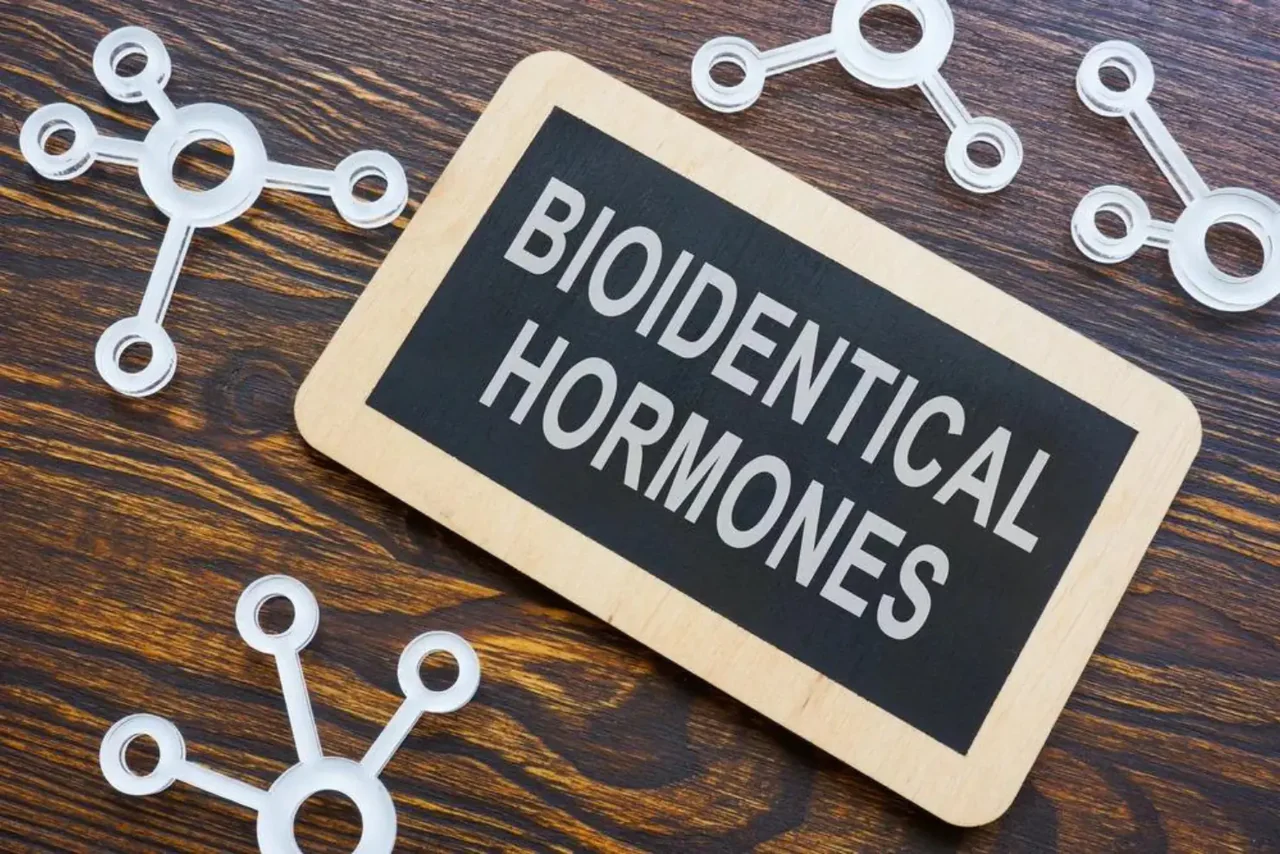

Understanding the Sourcing and Production of Bioidentical Hormones: Estradiol and Progesterone
Bioidentical hormone replacement therapy (BHRT) has gained recognition as a safe and effective way to manage hormonal imbalances, particularly during menopause. Naturopathic doctors were among the initial proponents of BHRT, advocating for natural, plant-derived hormones to help alleviate symptoms and promote overall health. It’s fortunate that the broader medical system has now begun to embrace these approaches, recognizing the benefits of using hormones that are chemically identical to those produced by the human body. This article explores how estradiol and progesterone are sourced and manufactured for topical application in BHRT.
Here’s a study comparing traditional Animal derived Hormone Replacement Therapy (traditional HRT) and Natural Bioidentical Hormone Replacement therapy:
https://pubmed.ncbi.nlm.nih.gov/19179815/
Articles Conclusion:
“Physiological data and clinical outcomes demonstrate that bioidentical hormones are associated with lower risks, including the risk of breast cancer and cardiovascular disease, and are more efficacious than their synthetic and animal-derived counterparts. Until evidence is found to the contrary, bioidentical hormones remain the preferred method of HRT. Further randomized controlled trials are needed to delineate these differences more clearly.”
Sourcing
Plant Sources
- Estradiol and Progesterone are primarily derived from plant sources, with soybeans being the most common. Soy contains phytoestrogens, which can be transformed into estradiol. Wild yams are also often referenced, as they contain diosgenin, a precursor that can be chemically converted into progesterone and estradiol.
Production Process
Extraction
- Soybean Processing: The process begins with the extraction of phytoestrogens from soybeans. The beans are ground, and solvents are used to separate the desired compounds.
- Wild Yam Processing: Diosgenin is extracted from wild yams through a similar method, involving grinding and solvent extraction.
Chemical Conversion
- Synthesis of Estradiol: The extracted phytoestrogens undergo chemical transformations to synthesize estradiol. This process includes hydrolysis and oxidation, altering the molecular structure to produce the desired hormone.
- Synthesis of Progesterone: Diosgenin from wild yams is converted into progesterone through a series of chemical reactions that modify its structure to mimic the natural hormone.
Purification
- Once synthesized, both estradiol and progesterone are purified to eliminate impurities. This step is crucial to ensure the final products are safe and effective. Techniques such as crystallization, chromatography, and filtration are commonly employed.
Formulation for Topical Application
Micronization
- The purified hormones may be micronized, meaning they are ground into fine particles. This increases their surface area, enhancing absorption when applied topically.
Compounding
- Estradiol and progesterone are then formulated into various topical applications, such as creams, gels, or lotions. This formulation process includes mixing the hormones with emulsifiers, stabilizers, and other ingredients to improve texture and facilitate absorption.
Quality Control
- Throughout the entire process, rigorous quality control measures are implemented to ensure that the final products meet established safety and efficacy standards.
Conclusion
Estradiol and progesterone are sourced from natural plant materials, primarily soybeans and wild yams, and undergo a series of processes to ensure they are bioidentical to the hormones produced by the human body. The formulation of these hormones into topical applications allows for effective management of hormonal imbalances, particularly during menopause. With the growing acceptance of bioidentical hormone replacement therapy in mainstream medicine, patients can benefit from a holistic approach that aligns with the principles advocated by naturopathic doctors. As awareness of these therapies continues to rise, more individuals can find relief and support through natural, plant-based solutions.


